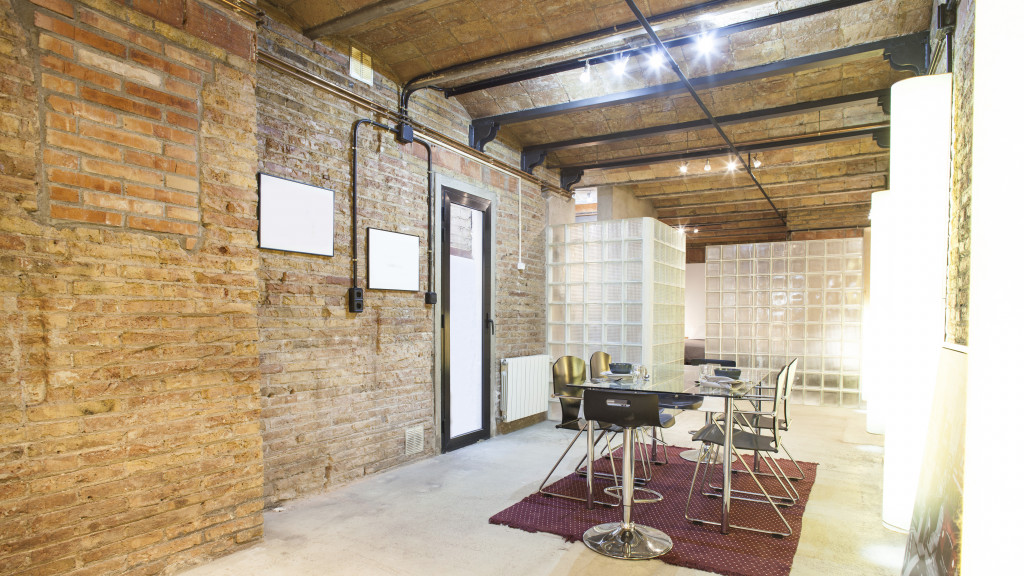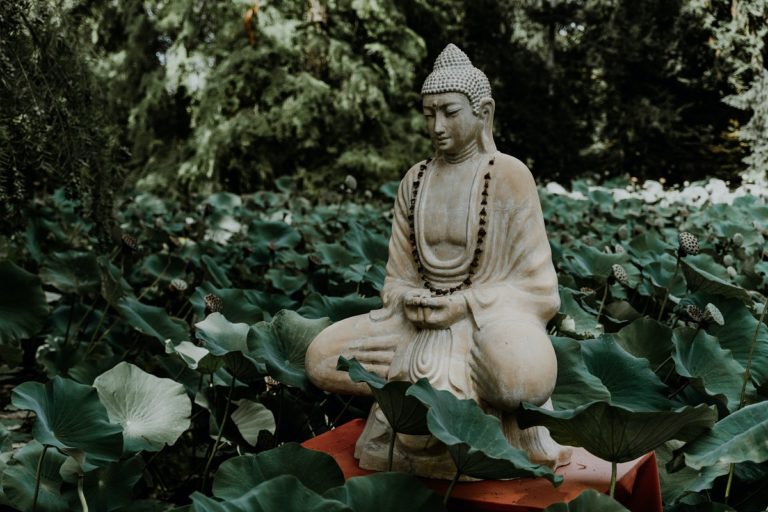The rustic interior design style centers on natural, aged, and casual elements to create a homey and cozy feel. If you look up “rustic interior design” on the Internet, many results will feature standard components such as aged timber, wooden columns, antique furniture, and non-shiny metal. Furthermore, there is a wide range of variations on the style, such as coastal, cottage, and modern rustic.
If you want to achieve this particular interior design style for your home, you should include several factors in your plan, namely:
-
Wood tones and finishes
Rustic interiors focus heavily on wood tones and finishes. There are many ways you can incorporate wood into your design, and the easiest one is to install rustic barnwood flooring. Other than that, you can also:
- Surround doors, windows, and fireplaces with wood trims
- Put up wooden pillars and beams
- Install barnyard doors
-
Simple and earth tones
Going overboard with wood tones and finishes can make a space look dark and heavy. A great way to avoid that is by lightening the area with a color palette consisting of simple and earth tones, such as white, beige, and light shades of green and gray.
Aside from providing a balance between wooden finishes and the rest of the space, a light, earthy palette will also help open up the room and make it look bigger.
-
Rugged, antique furniture
Traditional rustic interior design involves the use of antique furniture that often looks straight from the 50s or 60s. You can find plenty of antique pieces in a rustic style in many antique stores, thrift shops, and perhaps even from estate sales and garage sales. But if you want authentic-looking antique furniture, try venturing out into the countryside, where rustic pieces are more common.
However, antique furniture can be pricey, and it can be difficult to find pieces that fit well with your aesthetic. In this case, you can get creative and purposely make new furniture look vintage through a process called distressing. Distressing involves painting then sanding down furniture until you get the look that you want. You can also opt to add a finish to make it look more genuine, but leaving it as it is after sanding is a great option if you want a more “bare wood” look.
-
Natural textiles
Natural textiles such as wool, canvas, and burlap are typically used to bring the whole style together. Look for these materials when choosing rugs, curtains, throws, mantels, and other decorative pieces. You can also select sisal, jute, and other unprinted, textured fabrics to make the style come to life.
-
Vintage appliances
There is nothing wrong with incorporating a rustic style with modern appliances, but if you want to make your space look more authentic, consider investing in vintage appliances like record players, small TVs, old telephones, and antique radios, among others. If they are no longer functional, they can still make great decorative pieces that will help make your space look cozier and older.
-
Non-shiny metal
When decorating a space in a rustic style, avoid shiny metals as much as possible. So, when choosing light fixtures, appliances, and hardware, pick pieces made from repurposed, worn, or industrial metal. Like furniture, you can even purposely make them look old and worn by sanding them down (but, of course, you would have to be careful not to cause actual damage).
-
An inviting fireplace

A welcoming fireplace helps tie down the whole rustic feel. You can go for a modern-style fireplace to make the space look more contemporary, but to keep it in line with the room’s aesthetic, surround the fireplace with natural materials such as rock, stone, and brick.
-
Large decorative pieces
The rustic interior design style tends to lean towards large, chunky decorative pieces. Furthermore, rustic decor usually involves pieces that remind you of barns, hunting, and cabins. For this reason, you would see a lot of wall mounts (sometimes faux ones), animal hides, wood stumps, and antique lamps in many rustic-style homes.
Of course, you can still decorate with modern pieces. However, stay away from the ones with dainty and complex designs. Doing so ensures the aesthetic is consistent throughout the space.
Among all the interior design styles to date, the rustic style is one of the coziest and homiest. This list gives you the essential elements that you would need to incorporate the rustic aesthetic into your home, but don’t let it limit your creativity. Just like any other interior design style, you can also include elements from different styles into the mix.













